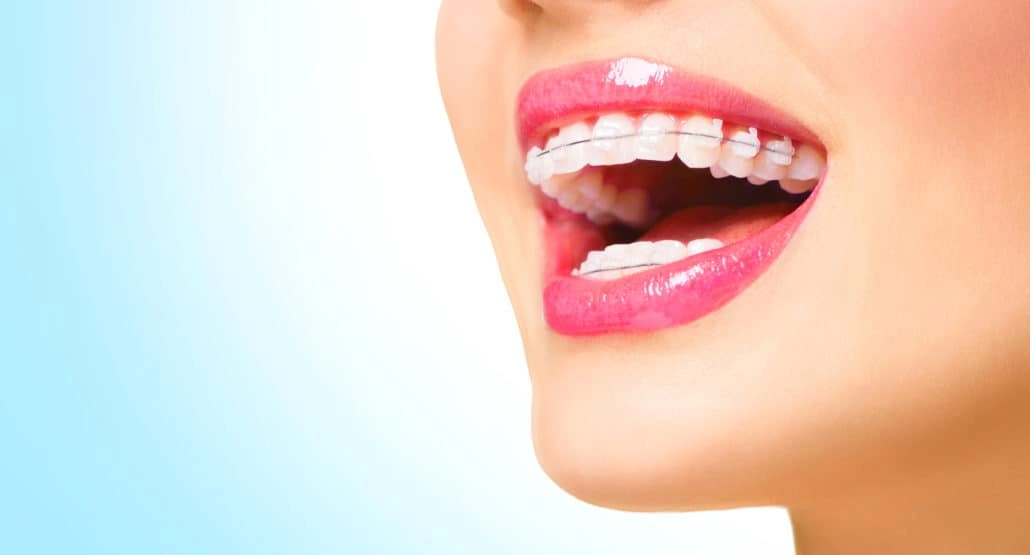Submit Request ...
-
Forums
Are Ceramic Braces The Best?

Braces change the appearance of your smile more than some are comfortable with. If you're considering a less visible option, ceramic braces might be a perfect fit. Are these braces effective? Are there any downsides? Let's dive in and address your biggest questions and concerns.
Ceramic vs. Traditional Braces
No matter the type of braces you decide on, they serve the same purpose: to straighten your teeth by applying pressure over time. Brackets are cemented on your teeth and connected via wire. These wires are tightened by a dentist or orthodontist gradually to adjust your teeth, jaw, and bite.
Where traditional and ceramic braces differ is in the materials used. When you think of braces, you probably imagine the traditional type, with metal brackets and wire. Ceramic braces (also called clear braces) use clear or tooth-colored brackets made of ceramic, as the name implies. Clear wires are also often used with ceramic braces to further decrease visibility.
Caring for Your Ceramic Braces
Traditional braces are made of stainless steel, making them resistant to staining. Ceramic braces are porous (have tiny holes), so they're more susceptible to stains. The small elastics (also called ligatures) that hold the wires to the brackets are also prone to staining.
With any variety of braces, it's vital to pay special attention to your dental care. Food can get stuck, or plaque can build up around the brackets, leading to decay.
Helpful tips when caring for your braces:
✓ Avoid difficult-to-clean foods like popcorn, gum, corn on the cob, whole apples, and overly sticky items.
✓ Skip foods and drinks that are high in pigmentation like red wine, tomato sauce, berries, or curry
✓ Use non-whitening toothpaste, so the area of the teeth behind your braces isn't a different color after removal.
✓ Wear a mouthguard when playing sports to reduce the risk of damage to your braces and teeth
✓ Brush your teeth twice for two minutes daily and floss once daily
✓ Use a floss threader to clean difficult-to-reach areas.
✓ Don't smoke or use tobacco products.
✓ If your elastics do get stained, don't worry too much. Your dentist or orthodontist can likely replace them.
What Do Braces Cost?
An important factor to consider is that ceramic braces are generally more expensive than the traditional option. This cost is often regarded as worth it by those who want the braces to be less noticeable in their day-to-day lives or pictures. With this benefit in mind, ceramic braces are still often cheaper than clear aligner alternatives.
There is no standard pricing for braces. These costs will vary with your location, orthodontist, and severity of problems corrected.
Even though braces can be expensive, they can prevent many dental issues if misaligned, crooked, or crowding teeth are corrected.
Correcting your bite could help you avoid some of these concerns:
✓ Tooth decay
✓ Gum disease
✓ Chewing or speech problems
✓ Increased wear to enamel
✓ Issues with your jaw
✓ Tooth loss
Ceramic braces can be an attractive option for those looking to correct issues with crooked, crowded, or misaligned teeth. If you're shy about the look of traditional braces, this less-visible option may be worth the additional cost. After reading this article, you're prepared to make the best decision for your situation and set yourself up for success with proper care.
Please let us know what you think!